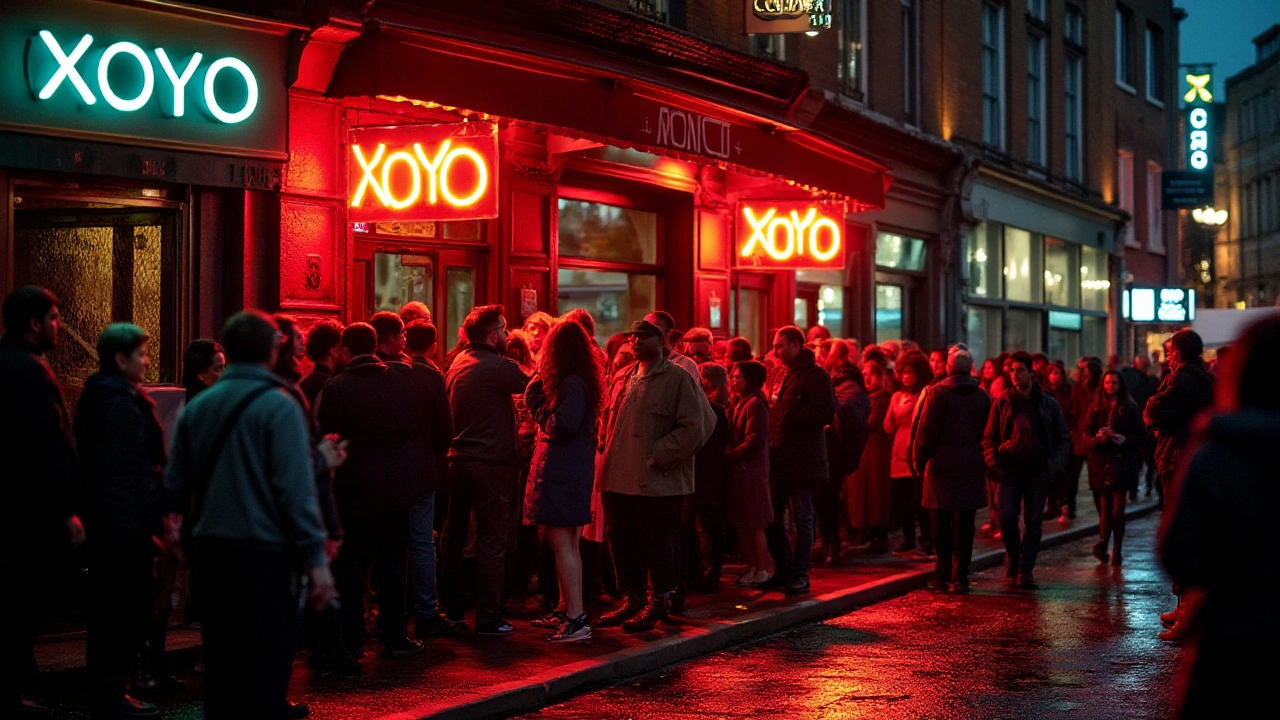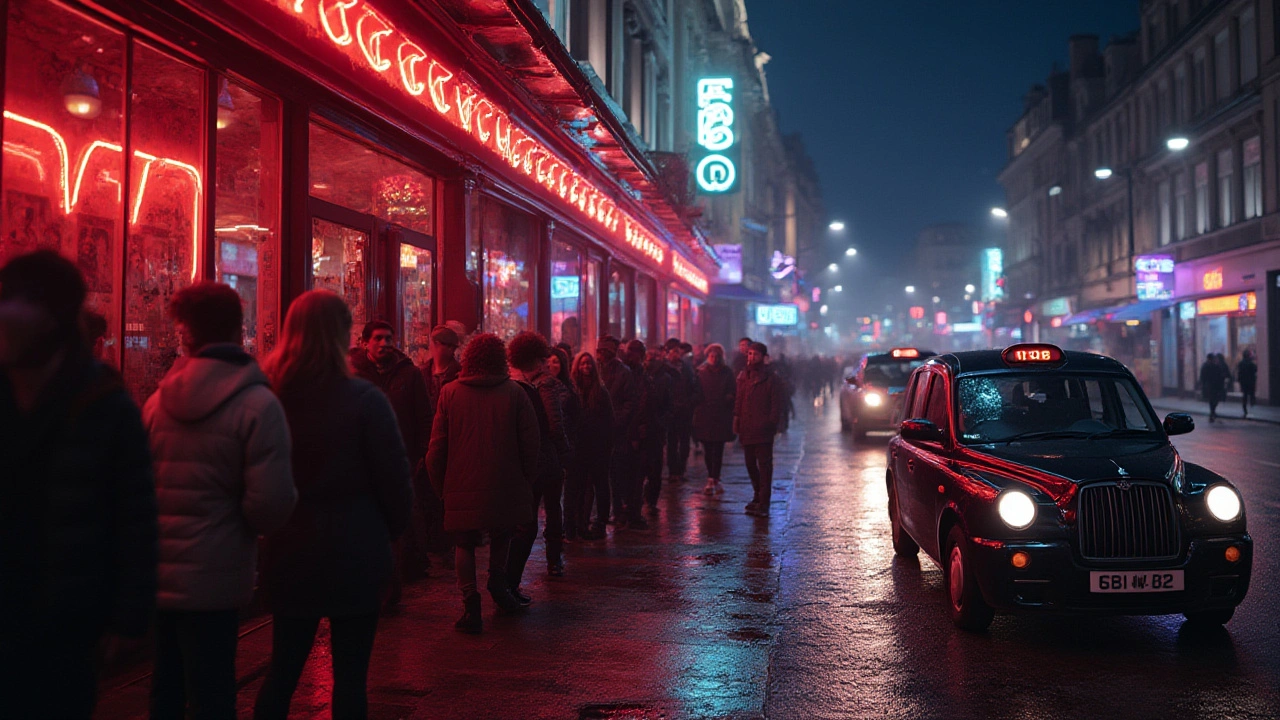Ministry of Sound: Legendary 30 Years of London Nightlife
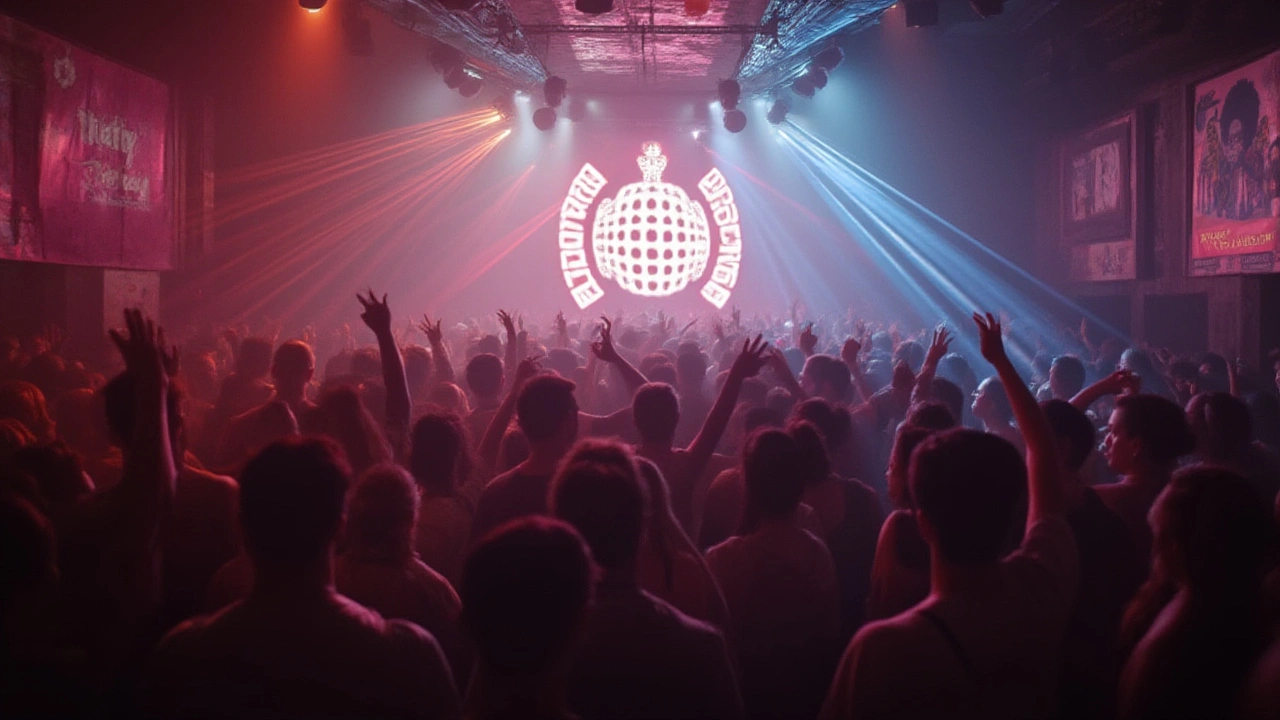
The first time you walk through those bright, blocky doors in Elephant & Castle, you feel it: Ministry of Sound doesn’t pretend to be anything other than a temple for unforgettable nights. The bass throbs in your chest, the lights slice through fog, and every Friday or Saturday lasts until that sun sneaks over the London skyline and you stumble into the street with ringing ears. Ministry of Sound isn't just a club—it's a symbol. Since its gritty debut in 1991, it’s become the most influential name in electronic music, sparking revolutions in sound, culture, and technology. Looking back over three decades, you’ll see Ministry wasn’t just partying—it was changing the rules.
Table of Contents
The Rise of Ministry: How It All Started
Picture London in the late 80s—a city itching for something fresh. House music was breaking out of Chicago and New York. Raves were catching fire, but traditional clubs didn’t get it. Enter a former record exec who took a wild chance on a run-down bus garage in South London: turn it into the UK’s first club built for dance music from the ground up. There was no alcohol license at first—just pure focus on the sound. Ministry of Sound opened its doors in September 1991 and started Saturday-only parties that drew crowds even with no booze on tap. People waited in the rain, just for the music and that feeling nothing else could match.
The key was the sound system. No exaggeration—Ministry’s system was custom-built and cost as much as a house. Sound engineers scoured the globe for US-made speakers and gear, then assembled it for a gut-punching experience you couldn’t find anywhere else. DJs flocked there for the chance to play properly, and ravers lined up just to hear it. Early residents like Justin Berkmann and Paul Oakenfold became legends by mixing across that jaw-dropping audio, playing US house, garage, and emerging styles you didn’t hear elsewhere. Ministry’s sound was so crisp you could literally feel the difference; regulars say the bass would vibrate your bones.
The vibe clicked with Londoners sick of stuffy nightlife. Instead of velvet ropes and dress codes, you got warehouse freedom, dancefloor energy, and a crowd mixing students, ravers, and future superstars. By year two, Ministry had an alcohol license and queues around the block. Word spread fast, and those legendary all-nighters drew not just music fans but celebrities and industry scouts. Record labels took notice. If a track broke out on the Ministry dancefloor, it was a hit by Monday.
What most people miss is how Ministry hustled business-wise. It was more than a space—it quickly became a brand. Ministry launched its own record label in 1993, taking the underground sound to the mainstream. That label went on to create mix albums like The Annual, which sold millions each year and dominated the charts every Christmas. Names like Pete Tong, Boy George, and Carl Cox passed through those decks. Ministry’s radio show hit across the globe, helping shape tastes in Australia, Germany, and beyond.
Here’s a look at Ministry’s key early milestones:
| Year | Milestone |
|---|---|
| 1991 | Club opens; sound system wows dancers |
| 1993 | First Ministry of Sound compilation album released |
| 1996 | Worldwide radio shows launch |
| 1998 | Global tours and event launches |
For anyone hunting serious club history, these are the building blocks of Ministry’s legacy. Its early years showed what happened when you put sound first and didn’t bow to the mainstream, only to later redefine it from the inside.
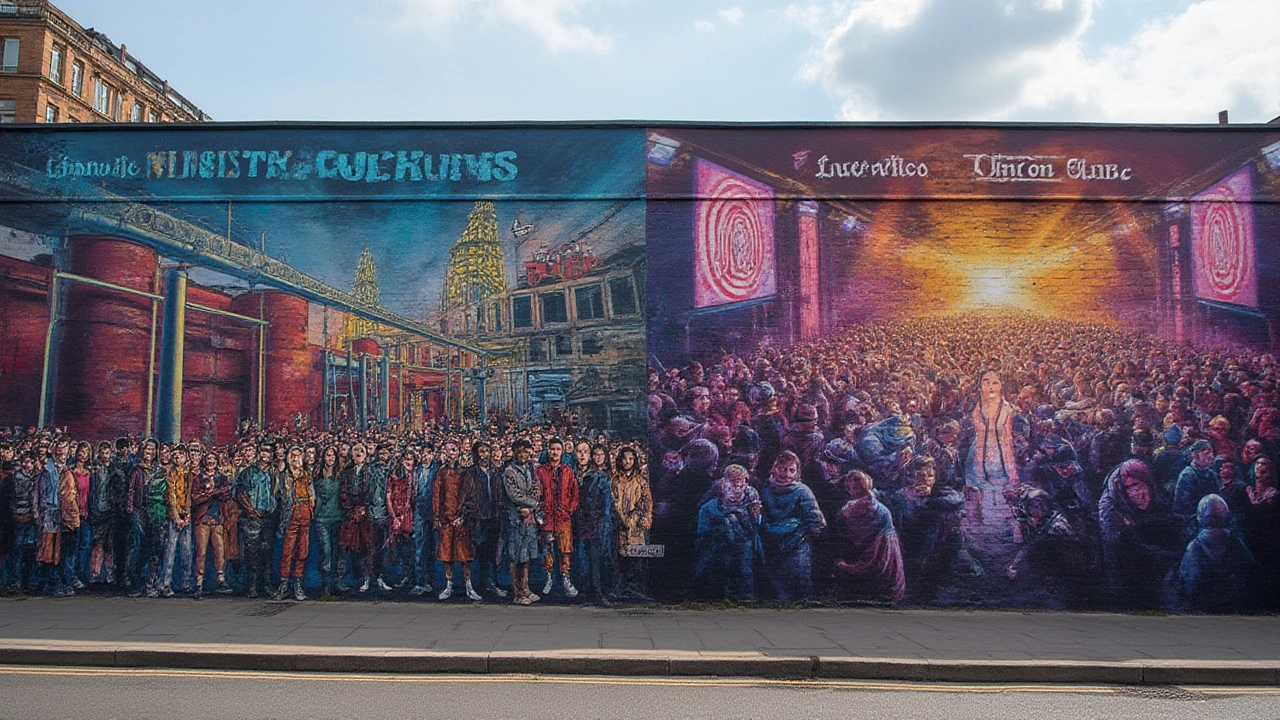
Shaping Sound and Nightlife: A Cultural Revolution
Forget nightclubs just as party venues. Ministry of Sound defined an era and spread its vibe across oceans. By the late ‘90s, the club circuit was forever changed. Ministry’s approach to electronic music—making it loud, accessible, and with zero pretension—inspired an entire generation. The sound system, again, gets the spotlight. It was so good, clubbers would skip the bar to find the best spot on the dancefloor for the deepest pulse. Every adjustment, every hardware upgrade, drew audiophiles from miles around. They even opened the DJ booth so the crowd could watch, feel connected, and spark that mutual electricity.
Of course, the DJ lineup became legendary. Sasha, Judge Jules, Armand Van Helden, Roger Sanchez, and Fatboy Slim all took turns behind the decks. Pete Tong once described Ministry as “the club that set the pace for the modern dancefloor.” The club became a global stop for touring superstars—and you still see up-and-comers getting their big break there today.
But the revolution wasn’t just in music. Ministry worked the business side hard. Its record label topped charts, and their “Annual” CD smashed sales records; in 1999 alone, The Annual sold more than 1.2 million copies in the UK. Take a second to grasp that: an album from a nightclub outsold international pop acts. The Ministry brand spread to Australia, Germany, Egypt, Singapore—sometimes with events, sometimes with whole club branches. At its peak, Ministry drew almost a million international guests per year across its global events.
Want to spot Ministry’s real impact? Look at how club culture moved into the mainstream. Suddenly, you had Ministry of Sound fitness classes, branded headphones, even a digital radio streaming in taxi cabs or airport lounges. The club’s designers obsessed over the details—acoustics so sharp they won awards, light shows synced to every build and drop, and a dancefloor layout that kept energy circulating all night. Some party-goers claim their light rigs were so striking you’d remember them like old family photos. Everything was intentional, designed for sweat and serotonin, not velvet rope snobbery.
The Ministry’s infamous Saturday, The Gallery, became an industry institution: sets often ran 10+ hours, and tickets would sell out fast. If you wanted to glimpse the evolution of house, techno, trance, and even hip-hop, all in one place with a crowd that lived it, Ministry was—hands down—the spot.
Safety and inclusivity were priorities too. Ministry was among the first UK clubs to offer onsite drug testing and health resources. They even spearheaded harm reduction campaigns throughout the 2000s, earning international praise. This set the tone, forcing competitors to step up. If you went out in London or Ibiza after the millennium, you probably experienced a ripple effect from Ministry’s standards.
Here are some smart tips for newcomers and superfans alike:
- Get tickets early—big nights sell out within hours, and door prices double after midnight.
- Dress how you like, but comfortable shoes are key; the main room is legendary for its marathon sets.
- The “Box” room is where that famous sound system lives—stand in the center for full effect.
- Ministry’s mix albums are streamed on all major platforms, worth a listen if you want a taste before you go.
- Watch for special events—old-school reunion nights and guest residencies draw crowds from across Europe.
- Security is tight, but people are friendly. If you’re solo, just hit the dancefloor—the crowd is there for the music.
By its 30th year, Ministry wasn’t just holding onto past glories—it was creating new ones. The brand’s commitment to evolving—adopting new tech, supporting young talent, and curating one-of-a-kind shows—kept it on top. If you ask long-timers, there’s nothing quite like seeing a sea of upraised hands when the bass drops in that gigantic main hall. Ministry figured out how to bottle that spark, and they keep serving it up by the bucketload.
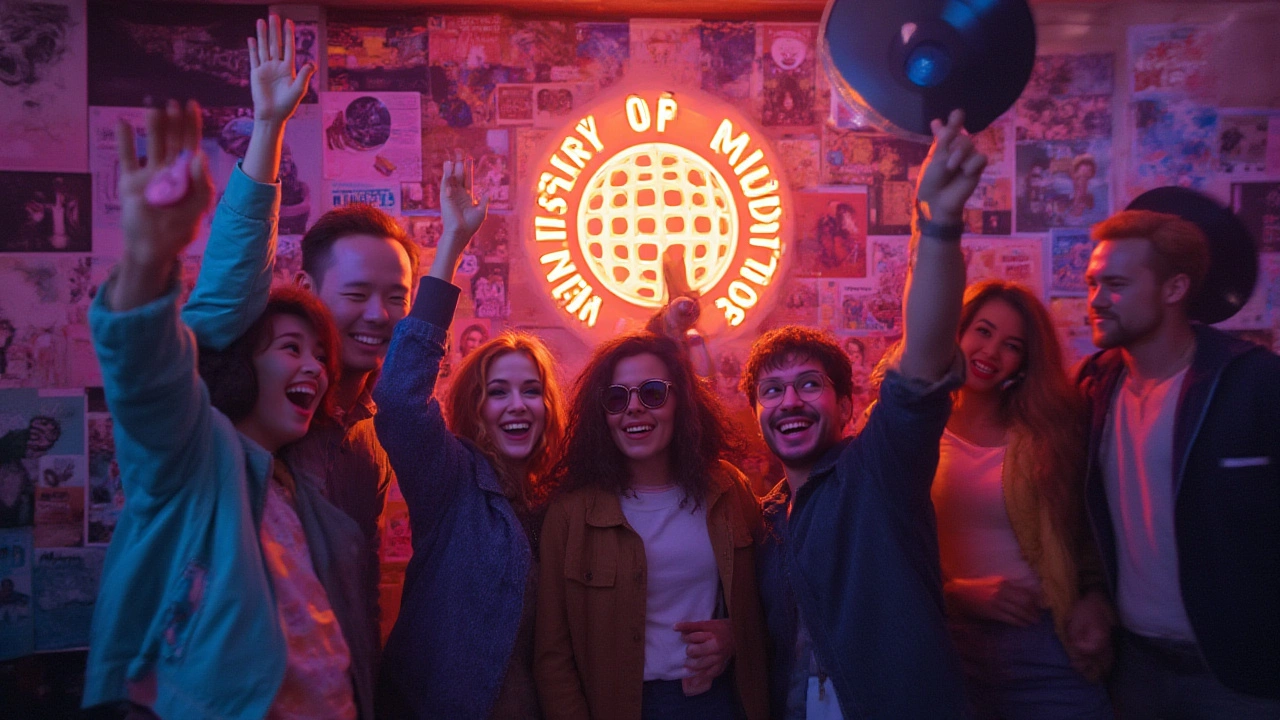
The Legacy and Future of Ministry of Sound
As Ministry turned 30, it found ways to mix nostalgia and innovation. There’s a common refrain among global clubbers—if you haven’t had at least one sunrise after a Ministry all-nighter, have you really done London? But what’s cool is how Ministry keeps finding fresh life, not just holding onto the glory days but shaping what comes next. Even after three decades, those massive steel doors swing open for students, music obsessives, and international fans out to chase magic they can’t find anywhere else.
There’s no denying the club scene has shifted. London’s nightlife faced noise complaints, changing laws, and even COVID-related shutdowns. But Ministry’s survived with hustle. During lockdowns, it pivoted quickly: live-streamed DJ sets, virtual parties that went out to fans in over 100 countries, and collaborations with mental health groups for stuck-at-home ravers. Their adaptability sets the pace for the rest.
Ministry’s brand morphs far beyond that Elephant & Castle address. The club’s digital radio channels now hit millions worldwide; their Academy offers courses for future DJs, sound engineers, and even music business classes. It’s part education, part community hub. You’ll spot Ministry’s logo on everything from headphones to hotel suites in Ibiza, always signaling a certain level of authority.
For the next generation, Ministry’s role as a tastemaker might matter even more. The club hosts international emerging DJ competitions, bringing fresh names to front-of-house and streaming sets to a new, global crowd. Each year, thousands of hopefuls send in their mixes, vying for a shot on the Ministry stage. This commitment to youth talent has built a self-renewing pipeline—you’re just as likely to catch a future superstar on a Wednesday night as a legacy act on Saturday.
On the tech front, Ministry keeps setting standards. Its sound engineers jump on new audio developments, like immersive surround set-ups and AI-powered light shows—always aiming to keep that “first time” magic alive. The loyalty to original values—accessible, inclusive, obsessed with quality—is why Ministry hasn’t faded as trends pass. In fact, new younger crowds often rediscover it thinking they’ve stumbled on a secret. One constant: the relentless thump of world-class bass that you feel, not just hear.
For event planners and nightlife pros eyeing the next chapter, Ministry’s evolution offers a few key lessons:
- Prioritize sound quality—people might forget the decor, but not how the music made them feel.
- Build the brand, not just the building. Ministry’s albums, radio, and outreach reach further than any one venue.
- Stay nimble. Adapt quickly to tech shifts, legal changes, and new audience needs without losing the core vibe.
- Support new voices. Turning up-and-comers into headliners keeps a venue relevant, even as big names cycle through.
- Value safety. Ministry’s early focus on welfare and inclusivity set standards every club should copy.
Here’s a quick snapshot of Ministry’s reach after 30 years:
| Aspect | Figure |
|---|---|
| Countries hosted events | 70+ |
| Annual event attendees (pre-2020) | ~1,000,000+ |
| Compilation album units sold | 20 million+ |
| International DJ residencies | 100s |
So whether you’re chasing epic nights, working in nightlife, or just streaming classics at home, Ministry of Sound’s three-decade journey is pure inspiration. It’s a reminder: sometimes, the wildest party is just the start of something bigger. Next time you’re out, raise a glass (or a bottle of water) to 30 years of thunderous beats, wild stories, and the dream that a warehouse and some good music can change nightlife forever.
Ready to experience Ministry of Sound for yourself? Grab tickets, check their digital radio, or spin a legendary album tonight. You’ll hear why no club on earth sounds quite like this.
